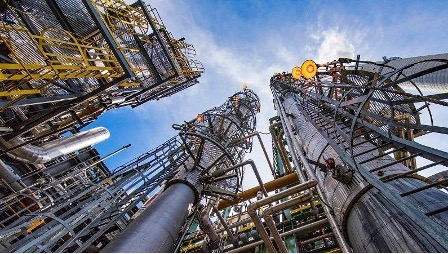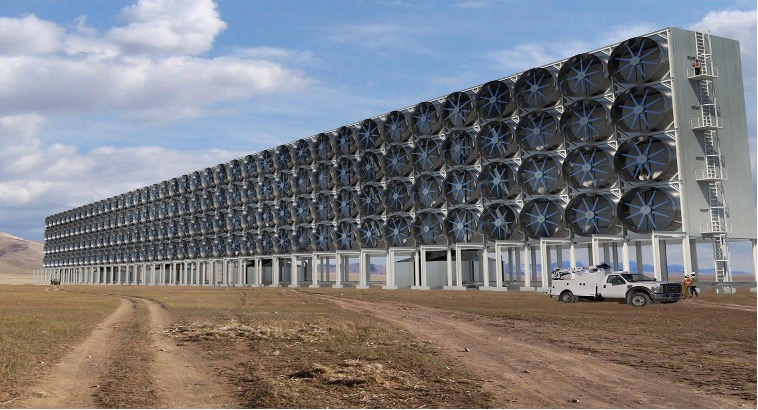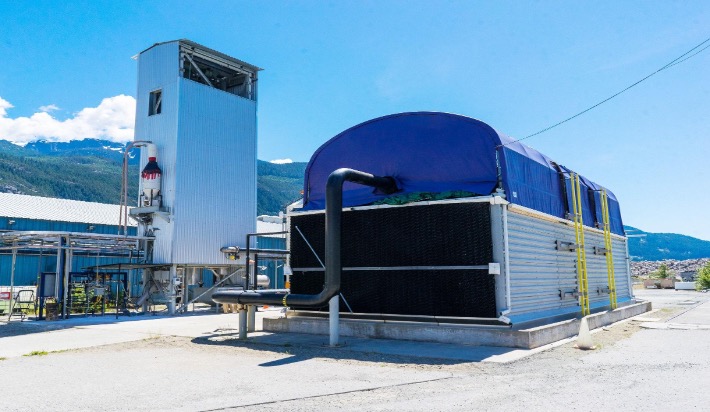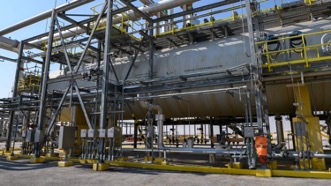Human activities have contributed to the climate changes, that we are going through. Industrialization has the upper hand in the crisis that our planet is facing. Climate change is a terrible thing. The temperature of the planet has increased by 1.5ºC, which can be seen all over the world. Global warming has increased the risk of plagues and natural disasters. The world must learn to limit the use of carbon dioxide, if it is willing to avoid dangerous levels of warming.
The best way to respond to climate change is to stop releasing greenhouse gases into the atmosphere. Carbon is the major compound that contributes to global warming; therefore, it becomes very important to have proper control over carbon emissions. All the human activities at the moment, collectively each year, puts about 50 billion tons of carbon dioxide into the atmosphere. According to the International Energy Agency, large-scale carbon capture, utilization, and storage plants capture more than 30 million tons of CO2 globally, each year. The goal of environmentalists must focus on removing carbon dioxide from the atmosphere as a basic response to climate change. Global energy consumption is increasing day to day but the real issue is, how to supply this demand while lowering our carbon footprint? Carbon capture technology is an option, we should consider.

What is Carbon Capture Technology
Carbon Capture is a new technique for moving and utilizing carbon dioxide emissions that have already accumulated in the atmosphere. It is sucking carbon dioxide from the atmosphere, like a vacuum cleaner does to the dirt. According to scientists, we need to eliminate approximately 10 billion tons of CO2 every year. There are three aspects to Carbon capture: Carbon Capture Storage (CCS), Carbon Capture Utilization (CCU), and Carbon Capture Removal (CCR). One of the aspects of Carbon Capture Technology is Carbon removal, which means taking out the carbon that is already dissolved in the atmosphere, actually physically taking it out.
Environmental and Economic Benefits of Carbon Capture Technology
From an environmental standpoint, carbon capture technology can help mitigate climate change by capturing carbon dioxide (CO2) emissions from various sources, such as power plants and industrial facilities. By capturing, storing, or utilizing these emissions, carbon capture technology helps reduce the amount of CO2 released into the atmosphere. This will slow down the increase of greenhouse gases, which contributes to global warming and climate change.
Additionally, carbon capture technology can also help reduce air pollution by capturing other harmful pollutants along with CO2 emissions. These pollutants, such as sulfur dioxide and nitrogen oxide, can have detrimental effects on both human health and the environment. By capturing and removing these pollutants, carbon capture technology can improve air quality and reduce the negative impacts caused by these emissions.

From an economic perspective, carbon capture technology has the potential to create new job opportunities and stimulate economic growth. The development, deployment, and operation of carbon capture facilities requires skilled labor, the establishment of new industries and supply chains. This can lead to job creation in areas such as engineering, manufacturing, and construction, as well as the development of new technologies and services related to carbon capture.
Moreover, carbon capture technology can also offer economic benefits through the utilization of captured CO2. Captured CO2 can be used for enhanced oil recovery, where it is injected into oil fields to increase oil production. This can generate additional revenue and extend the life of oil fields. Additionally, captured CO2 can be used in the manufacturing of various products, such as chemicals and building materials, which can create new business opportunities and diversity in the economy.
The Challenges and Drawbacks of Carbon Capture Technology
There is so much to be changed in the system rather than using the same old methods of fossil fuels. Carbon Capture does solve half of the problem, but with an expensive solution. We are starting from a place where there is already too much CO2 in the atmosphere. This is not a silver bullet. And the number of carbon capture facilities that are operational is pretty small to; they do not capture much in the grand scheme of things. On the other hand, technology is a very expensive approach to a problem where there are hindrances and risks. There are several concerns about the safety of carbon storage. If a huge amount of carbon is stored in a place where there are chances of leakage, the leakage could lead to natural disasters that can cause damage, as any war could do. Besides, a large space is required which is far from human reach so that the carbon can be stored safely.

Many critics have called to question the cost-effectiveness of basalt formation storage. This strategy will necessitate the use of 25 tons of water for every ton of carbon dioxide buried. There is a chance that volcanic rock microorganisms will break down the carbonates and release methane gas, which could be a concern.
Another issue with carbon capture and storage is that it is insufficient to address climate change effectively. Heat and power generation emissions from the use of fossil fuels contribute around 25% of total greenhouse gas (GHG) emissions, while transportation, agriculture, and other related industrial activities account for 60% of total greenhouse gas emissions. These emissions are not currently absorbed via carbon capture.
The Future of Carbon Capture Technology
There are two types of strategies for controlling carbon emissions. One is a biological approach, which includes plantations and agriculture, while the other is a more chemical or technology-based strategy. But a plantation of 60 trillion trees is not possible to avoid carbon emissions; therefore, we need to look for a technical solution to this urgency. Capturing and storing CO2 reduces carbon dioxide emissions and, hence, slows global warming. If we want a better and brighter future, we should aim for net-zero emissions.

Carbon dioxide has several useful—and advantageous—industrial applications, according to emerging technologies. This could also help the environment.
There are already a few industrial applications for stored carbon dioxide. One method is to use gas to make chemicals and plastics, such as polyurethane foams used in seat cushions.
In a world with restrictions on emissions, CCU should have a future.
New uses for carbon dioxide that has been captured are currently being tested, while others are still in the planning stages. Manufacturing gasoline, concrete enrichment, and power generation are three of these applications that stand out for their ability to lower emissions and produce income.
In theory, carbon dioxide can be transformed into almost any fuel or chemical that would otherwise come from petroleum.
Cement is the stuff that makes concrete, and it’s responsible for around 8% of global carbon dioxide emissions. That’s because it takes a huge amount of energy to make it. You need to mine limestone out of rocks and then mix it with water to make concrete. Carbon dioxide capture won’t be able to cut down on this energy, but if we can trap it, it’ll stay in our buildings, walls, bridges, walkways, or other concrete structures and act as a carbon sink.
One way to cut down on gasoline emissions is to capture carbon dioxide and use it as an ingredient in products like fuel and cement. Another way to reduce greenhouse gas emissions from electricity production is to use carbon dioxide to make turbines more efficient. Even though this wouldn’t turn carbon dioxide into something, it could still make a big difference.
Written by – Daisy Vandana Horo
Edited by – Tithi Sarkar
